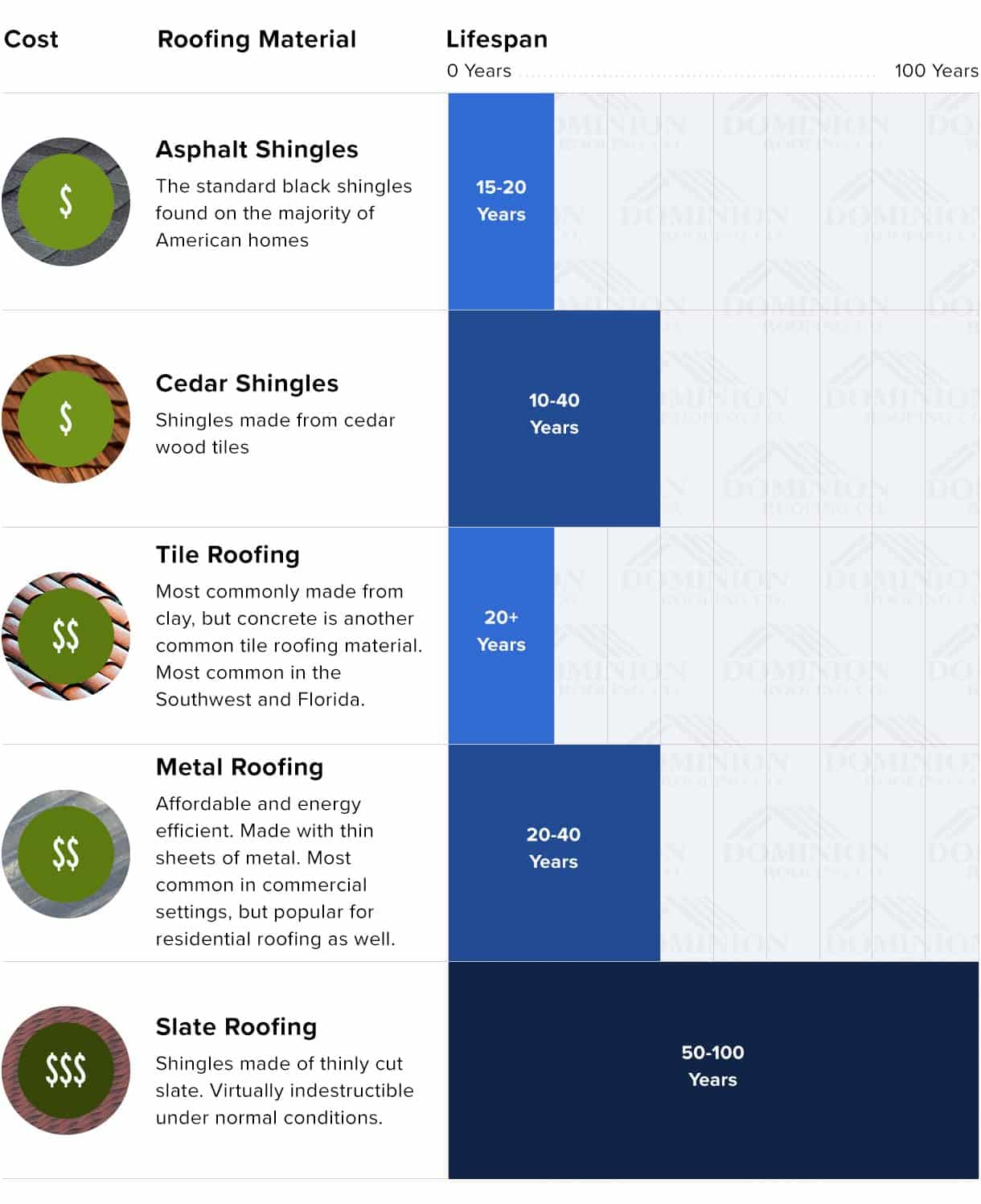The Payment Of Roofing Ventilation To An Effective Installment Process
The Payment Of Roofing Ventilation To An Effective Installment Process
Blog Article
Created By-Conway Walls
When you're taking on a roof covering job, you could not think much concerning roof covering air flow, but it's even more essential than you realize. Reliable air flow aids manage temperature level and moisture in your attic, avoiding troubles like mold and mildew and architectural damage. By recognizing exactly how to design and mount a well balanced air flow system, you can improve energy performance and lengthen the life expectancy of your roof materials. So, what are the crucial aspects to consider during setup that can make all the difference?
Relevance of Roof Covering Air Flow
Roofing system ventilation plays an essential role in maintaining the general wellness of your home. By permitting fresh air to distribute through your attic, it aids control temperature and wetness levels. This equilibrium is necessary to stop warm build-up during warm months, which can lead to increased energy prices as your cooling works overtime.
Furthermore, appropriate ventilation substantially minimizes the threat of moisture-related concerns like mold and mildew and mold. If humidity degrees increase, your home's architectural stability can be compromised, bring about pricey repairs. You wouldn't intend to deal with rotting wood or distorted roof materials, right?
In addition, sufficient ventilation prolongs the life-span of your roof. When heat and wetness are kept in check, your roofing system can perform efficiently, preventing early damage. This indicates less headaches and costs down the line.
How Roof Covering Ventilation Works
Effective roofing system air flow relies on the all-natural motion of air to create an equilibrium in between consumption and exhaust. When you set up vents, you're basically permitting fresh air to enter your attic room while allowing warm, stagnant air to run away. This process helps regulate temperature level and wetness degrees, preventing problems like mold development and roof covering damage.
Intake vents, generally discovered at the eaves, pull in amazing air from outside. At the same time, exhaust vents, located near the ridge of the roof covering, let hot air increase and leave. The difference in temperature level develops a natural air flow, referred to as the stack effect. As cozy air rises, it produces a vacuum that draws in cooler air from the reduced vents.
To optimize this system, you require to guarantee that the intake and exhaust vents are effectively sized and placed. If the intake is limited, you won't achieve the preferred ventilation.
Furthermore, insufficient exhaust can catch heat and moisture, resulting in possible damages.
Key Installation Factors To Consider
When mounting roofing system ventilation, a number of key factors to consider can make or break your system's efficiency. First, https://eduardodvmdt.qodsblog.com/32429851/prevent-costly-roofing-installment-mistakes-by-recognizing-vital-methods-for-choosing-products-wisely need to examine your roofing's design. The pitch, shape, and products all affect air movement and air flow choice. See to it to pick vents that suit your roof covering kind and local climate problems.
Next off, consider the positioning of your vents. Ideally, you'll want a well balanced system with consumption and exhaust vents positioned for optimal air movement. Area intake vents low on the roofing system and exhaust vents near the height to urge a natural flow of air. This setup helps stop moisture accumulation and advertises power efficiency.
Do not forget about insulation. Correct insulation in your attic room stops warm from escaping and keeps your home comfy. Make sure that insulation doesn't obstruct your vents, as this can hinder air flow.
Lastly, consider upkeep. Select mouse click the next document that are easy to accessibility for cleansing and inspection. window companies near me ensures your system continues to work properly in time.
Verdict
In conclusion, roofing system ventilation is essential for an effective setup. By making sure appropriate air flow, you can protect against warmth accumulation and moisture concerns that result in pricey damages. When you strategically setting intake and exhaust vents, you enhance energy efficiency and extend the life-span of your roof covering. Keep in mind, a well-ventilated roof not just secures your investment but also enhances your indoor air top quality. So, https://howtoinstallmetalroofing52984.blog-mall.com/32990453/in-what-ways-does-weather-impact-the-structural-honesty-of-your-roof-covering-reveal-essential-recommendations-to-safeguard-it-versus-the-elements-before-it-s-far-too-late on ventilation to ensure a resistant and affordable roof for your home.
